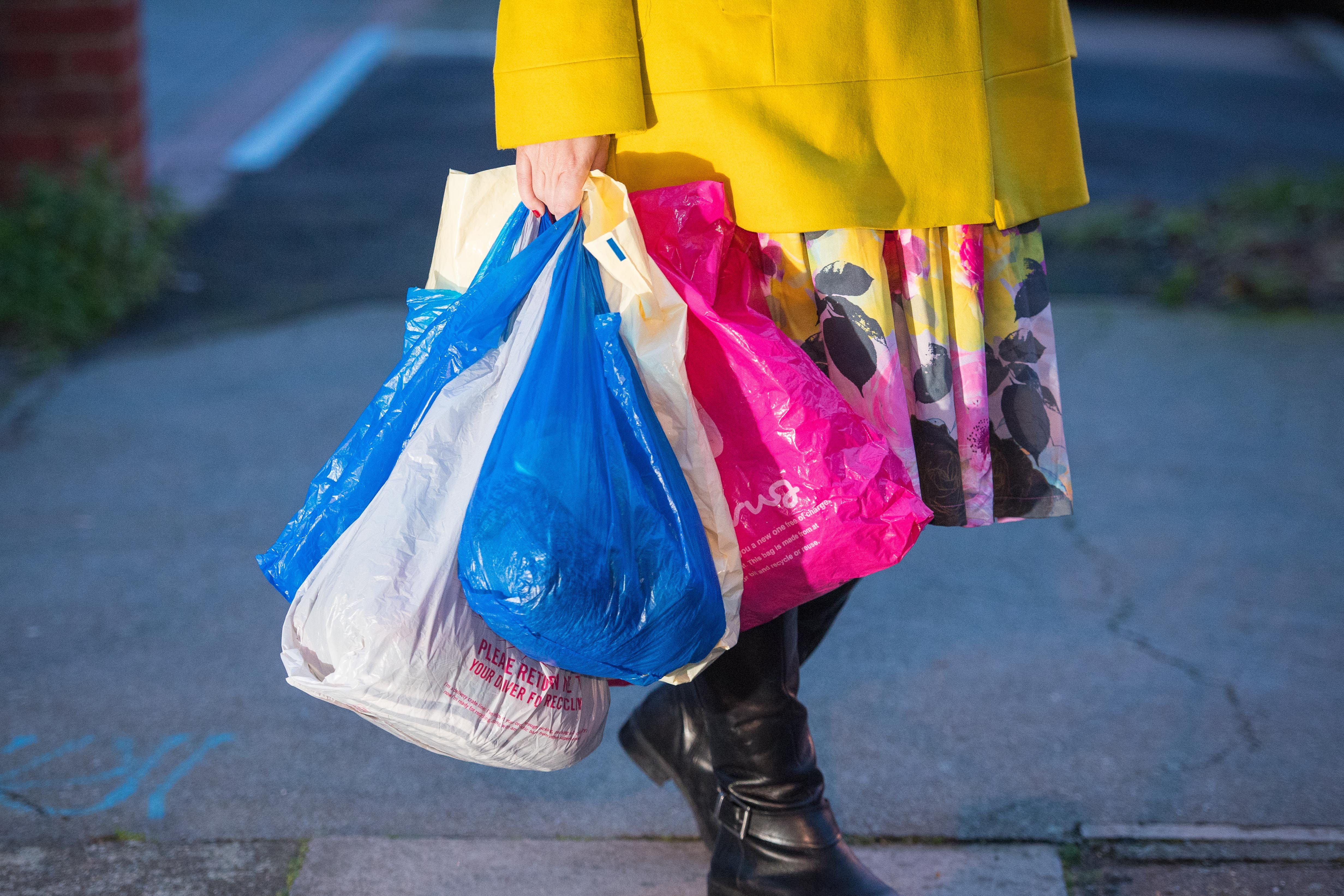Fragile consumer confidence sees retail sales rise by 1% on last August
The figure was well below last August’s growth of 4.1% and below the 12-month average of 1.2%, according to the BRC-KPMG Retail Sales Monitor.

Your support helps us to tell the story
From reproductive rights to climate change to Big Tech, The Independent is on the ground when the story is developing. Whether it's investigating the financials of Elon Musk's pro-Trump PAC or producing our latest documentary, 'The A Word', which shines a light on the American women fighting for reproductive rights, we know how important it is to parse out the facts from the messaging.
At such a critical moment in US history, we need reporters on the ground. Your donation allows us to keep sending journalists to speak to both sides of the story.
The Independent is trusted by Americans across the entire political spectrum. And unlike many other quality news outlets, we choose not to lock Americans out of our reporting and analysis with paywalls. We believe quality journalism should be available to everyone, paid for by those who can afford it.
Your support makes all the difference.Fragile consumer confidence saw retail sales rise by 1% on the year in August as nervousness grows ahead of next month’s energy bill increase and Labour’s first budget.
The figure was well below last August’s growth of 4.1% and below the 12-month average of 1.2%, according to the British Retail Consortium (BRC)-KPMG Retail Sales Monitor.
Food sales were up 2.9% year on year over the three months to August, against growth of 8.2% for the same period last year, and below the 12-month average growth of 5%.
Consumer sentiment is gradually starting to improve, but there still remains some nervousness around potential tax rises and the cost of putting the heating back on when the cooler weather arrives.
Non-food sales were down 1.7% year on year over the quarter against a decline of 0.2% last year.
In-store non-food sales were down 2.8% over the quarter on last year against growth of 1.3% last August.
BRC chief executive Helen Dickinson said: “Sales growth picked up in August, particularly for food as people came together to host barbecue and picnic gatherings for family and friends, and for summer clothing, health and beauty products as people prepared for trips away and summer social events.
“While computing did well as university students made the most of summer discounting and readied themselves for the new academic year, other back-to-school related sales were weaker than normal as some families opted for second-hand purchases.
“Following a difficult summer for much of retail, and the possible weakening of consumer spending as energy bills rise come October, many will be waiting for the Chancellor’s Autumn Budget before finalising their investment strategies.”
Linda Ellett, UK head of consumer retail and leisure at KPMG, said: “Despite summer finally making an appearance, and a slight uptick in consumer confidence, shoppers did not catch up their spending during August, with total sales growth of only 1% reflecting the challenging retail environment that is likely to dominate for the rest of this year.
“Consumer sentiment is gradually starting to improve, but there still remains some nervousness around potential tax rises and the cost of putting the heating back on when the cooler weather arrives.
“The fragile nature of consumer confidence means shoppers will continue to be driven by price and value, moving from brand to brand to find the best price benefit and we are likely to see retailers using promotional activity to seek to win at this.”
Separate figures from Barclays also show consumer card spending rising 1% year-on-year in August following two consecutive months of decline.
Non-essential spending bounced back to a 0.7% increase thanks to the late arrival of barbecue weather propping up butchers and garden centres.
Meanwhile, nearly half of Britons (47%) report that they are treating themselves to affordable, mood-boosting luxuries, such as pastries and cosmetics, even while tightening budgets.
A quarter of consumers (26%) also reported spotting “double-dip shrinkflation”, where products go through two or more rounds of size reductions without a corresponding reduction in price – most often seen on chocolate (57%), crisps (44%) and biscuits (41%).
However, Britons are feeling more confident in both their household finances (70%) and their ability to live within their means (73%) compared to last month’s 65% and 70% respectively.
Karen Johnson, head of retail at Barclays, said: “While cost-conscious shoppers continue to rein in discretionary spending to account for rising prices, especially in the run-up to Christmas, it’s encouraging to see that Britons are feeling noticeably more confident in their personal finances – a strong indicator of future spending as we approach the crucial festive period.”